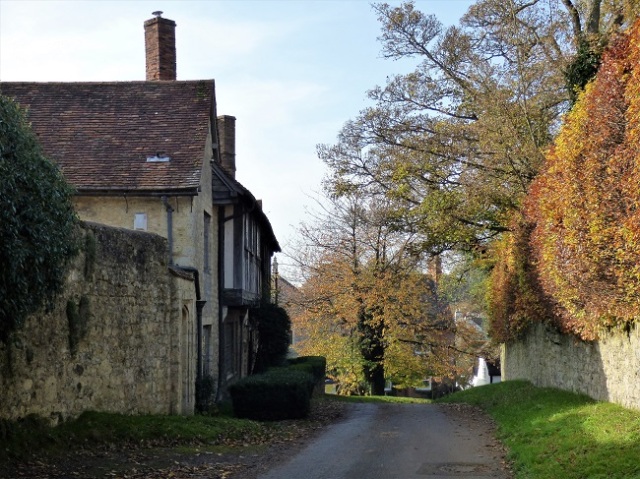
We left the earthworks of Bolebec castle in peace… which is more than can be said of Oliver Cromwell’s army when they passed this way during the Civil War. The Battle of Aylesbury, between Cromwell’s forces and Prince Rupert of the Rhine, was fought at Holman’s Bridge, just a few miles down the road, on 1st November 1642. The story goes that around this time, Cromwell gave orders to destroy the castle, the largest of eighteen in the county. With stone strewn across the village’s green spaces, it is not surprising that many of the castle’s stones are now part of the fabric of the village.
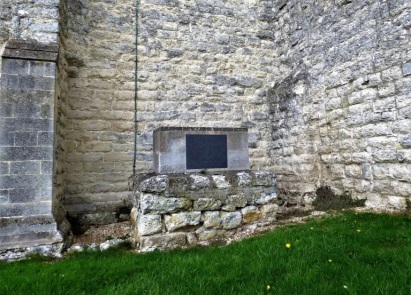
A mile down the road, in the next village, there is a monument to some of the men who died during that battle. Their bodies were found on the battlefield, over a hundred and fifty years after their death and they were reburied together in a mass grave at Hardwick.
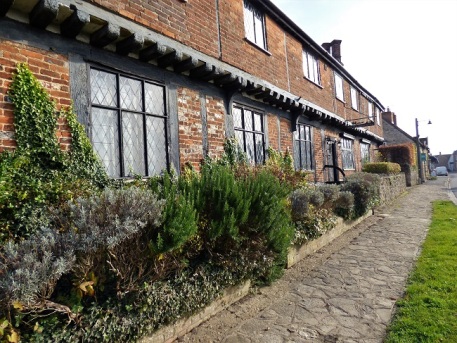
Our footsteps, though, took us further back into history as we passed between thatched cottages, timber-framed buildings and pale stone to the site of the old market square. Whitchurch was granted the right to hold a market in 1245, probably because of the presence and proximity of Bolebec Castle. Not only would the market enjoy the protection of the castle and its lord, but also its business, supplying the castle’s needs by bringing in goods from the surrounding areas. While the market is no longer in operation today, the granting of the charter is still celebrated every May.
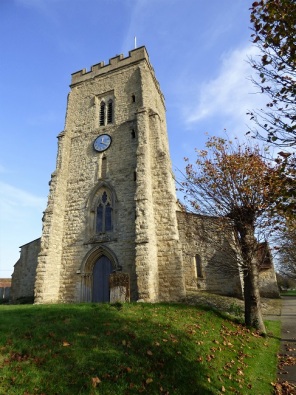
It takes very little imagination to populate the empty space between the houses with the raucous cries of the sellers, the pungent smells of the livestock and unfamiliar wares and all the colour and life of a busy settlement. You might even see the white mantle and red cross of a Templar Knight, walking to the church from the preceptory at Creslow… or ‘Christlow’… just outside the village.
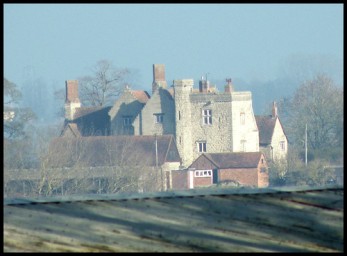
Creslow Manor from Whitchurch. The manor was formerly owned by the Knights Templar and, following their suppression, the Knights Hospitaller. Image: R. P. Marks (Flickr: CC BY-NC-ND 2.0)
Crossing the road, you reach the Church Headland… which seems a strange name for an inland site, although it seems to fit neatly with the idea of the sacred spring named the Head Well, especially when Knights Templar are in the area and known for their use of head-based symbolism.
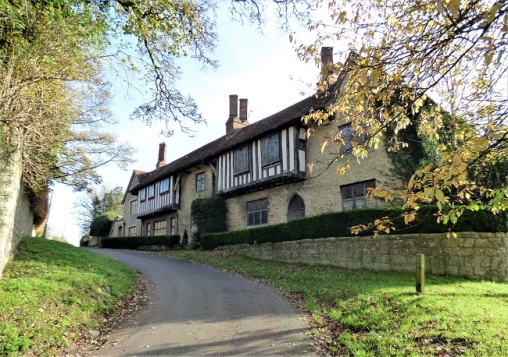
On the corner of Church Headland is the aptly named Old House, dating back to around 1400. Around that time, the parish church was taken over by the monks of Woburn Abbey and it is thought they are responsible for building the half-timbered house. In after years, the building was split into five ‘tenements’, known as Lime Cottages, before becoming one single dwelling place again in the 1920s.
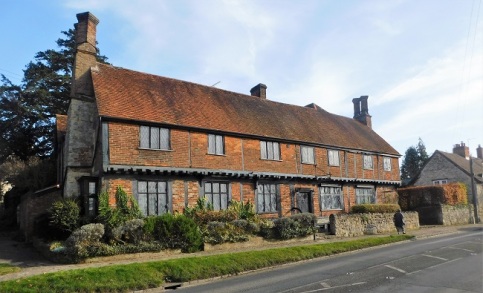
Image: Stuart France
A little farther down the main road and you pass the old courthouse, where the stocks once stood and behind which was the workhouse. Built around 1360, it remained the courthouse until 1900. I was lucky enough to be able to explore the building one evening, during its incarnation as the Priory Hotel… a magnificent old place, full of oak and mahogany, doors that stood open to rooms decked with tapestries and four-poster beds… and with a price tag for dinner that would have choked me had known what was being paid… no matter how good the food and service!
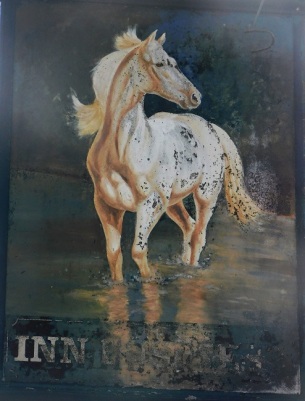
Image: Stuart France
The old White Horse Inn would have been more my style. There had been an inn on the spot since before 1683, but the pub sadly closed in 2011, leaving just the White Swan at the far end of the village to serve its needs. The Swan was known as the Queen’s Head until 1785 and dates back originally more than five hundred years.
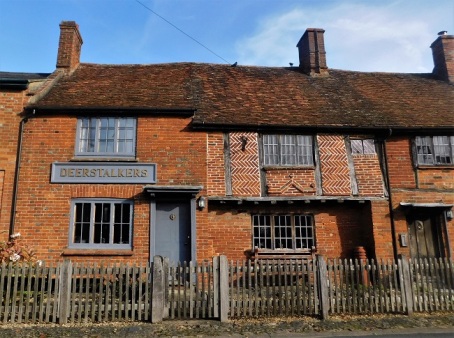
Image: Stuart France
The pub garden was once an apple orchard and the apples were used to make cider that was sold in what then became the inn. Behind the inn there is also a duck pond that was it home to the village ducking stool, used to punish scolds or disorderly women. Local tales say that witch trials were also conducted there… although that might just be a village myth, designed to encourage travellers to stay for one more pint of cider…
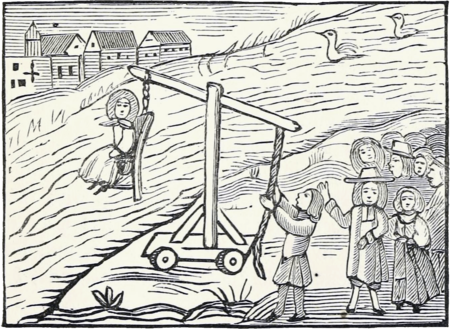









































I often wonder about the people who live in these fascinating places nowadays, are they aware of the history they live in?
LikeLike
I doubt it, unless they are history buffs or incomers. The first thing we did when we moved here was learn about the history of the area…things few locals seemed to know.
LikeLike
Such a shame…
LikeLike
Most of us seem blind to the things we are so used to…
LikeLiked by 1 person
Things to tend to become invisible after a while… unfortunately…
LikeLike
Yep. A great pity…
LikeLike
Reblogged this on Anita Dawes & Jaye Marie ~ Authors.
LikeLike
Thank you for sharing. x
LikeLike
Thank you, Sue, for the incredible journey. Absolutely beautiful photos! I didn’t know about the ducking chair. I surely would have been put into one. What a thought!
LikeLike
I would have been too, Gwen… or one reason or another 😉
LikeLike
Your area is full of classic cottage charm, Sue. It speaks to the romantic in me. 🙂
LikeLiked by 1 person
There are so many thatched and pretty places here that you almsot ( but not quite!) cease to notice them…
LikeLiked by 2 people
So interesting Sue 💜
LikeLiked by 1 person
❤
LikeLiked by 1 person